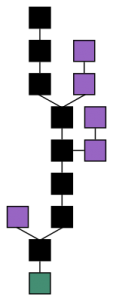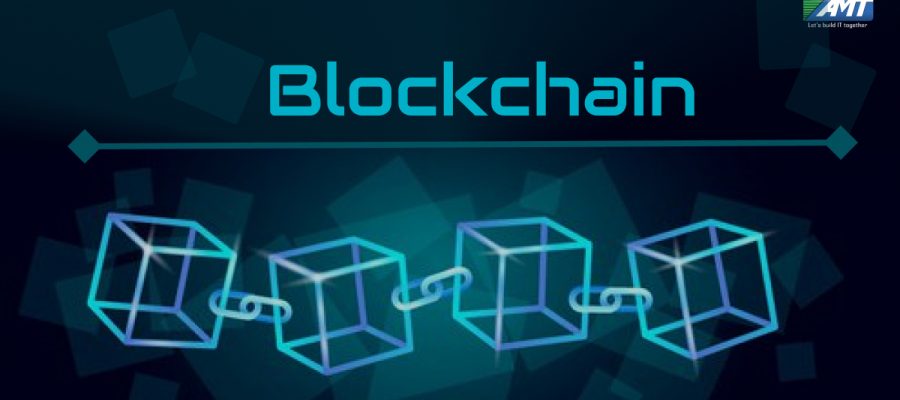A Blockchain is a distributed database that maintains a continuously growing list of records, called blocks, secured from tampering and revision. Each block contains a time stamp and a link to a previous block. By design, Blockchains are inherently resistant to modification of the data — once recorded, the data in a block cannot be altered retroactively. Through the use of a peer to peer network and a distributed time stamping server, a Blockchain database is managed autonomously. Blockchains are “an open, distributed ledger that can record transactions between two parties efficiently and in a verifiable and permanent way. The ledger itself can also be programmed to trigger transactions automatically.”
Blockchains are secure by design and an example of a distributed computing system with high byzantine fault tolerance. Decentralized consensus can therefore be achieved with a Blockchain. This makes Blockchains suitable for the recording of events, medical records, and other records management activities, identity management, transaction processing, and documenting provenance.

The first Blockchain was conceptualized by Satoshi Nakamoto in 2008 and implemented the following year as a core component of the digital currency bitcoin, where it serves as the public ledger for all transactions. The invention of the Blockchain for bitcoin made it the first digital currency to solve the double spending problem, without the use of a trusted authority or central server. The bitcoin design has been the inspiration for other applications.
A Blockchain facilitates secure online transactions. A Blockchain is a decentralized and distributed digital ledger that records transactions across many computers in such a way that the registered transactions cannot be altered retroactively. This allows the participants to verify and audit transactions in an inexpensive manner. They are authenticated by mass collaboration powered by collective self-interests. The result is a robust workflow where participants’ uncertainty regarding data security is marginal. The use of a Blockchain removes the characteristic of infinite reproducibility from a digital asset. It confirms that each unit of value was transferred only once, solving the long-standing problem of double spending. Blockchains have been described as a value-exchange protocol. This Blockchain-based exchange of value can be completed more quickly, more safely and more cheaply than with traditional systems. A Blockchain can assign title rights because it provides a record that compels offer and acceptance. From the technical point of view a Blockchain is a hashchain inside another hashchain.
A Blockchain database consists of two kinds of records: transactions and blocks. Blocks hold batches of valid transactions that are hashed and encoded into a Merkle tree.Each block includes the hash of the prior block in the Blockchain, linking the two. Variants of this format were used previously, for example in Git, and it is not by itself sufficient to qualify as a Blockchain.  The linked blocks form a chain. This iterative process confirms the integrity of the previous block, all the way back to the original genesis block. Some Blockchains create a new block as frequently as every five seconds. As Blockchains age they are said to grow in height.
Sometimes separate blocks can be validated concurrently, creating a temporary fork. In addition to a secure hash based history, any Blockchain has a specified algorithm for scoring different versions of the history so that one with a higher value can be selected over others. Blocks not selected for inclusion in the chain are called orphan blocks. Peers supporting the database don’t have exactly the same version of the history at all times, rather they keep the highest scoring version of the database that they currently know of. Whenever a peer receives a higher scoring version (usually the old version with a single new block added) they extend or overwrite their own database and re transmit the improvement to their peers. There is never an absolute guarantee that any particular entry will remain in the best version of the history forever, but because Blockchains are typically built to add the score of new blocks onto old blocks and there are incentives to only work on extending with new blocks rather than overwriting old blocks, the probability of an entry becoming superseded goes down exponentially as more blocks are built on top of it, eventually becoming very low.For example, in a Blockchain using the proof-of-work system, the chain with the most cumulative proof-of-work is always considered the valid one by the network. In practice there are a number of methods that can demonstrate a sufficient level of computation. Within a Blockchain the computation is carried out redundantly rather than in the traditional segregated and parallel manner.
The Blockchain is parsed by software to extract relevant information. The Above mentioned is a brief about Blockchain. Watch this space for updates on Latest trends in Technology.
